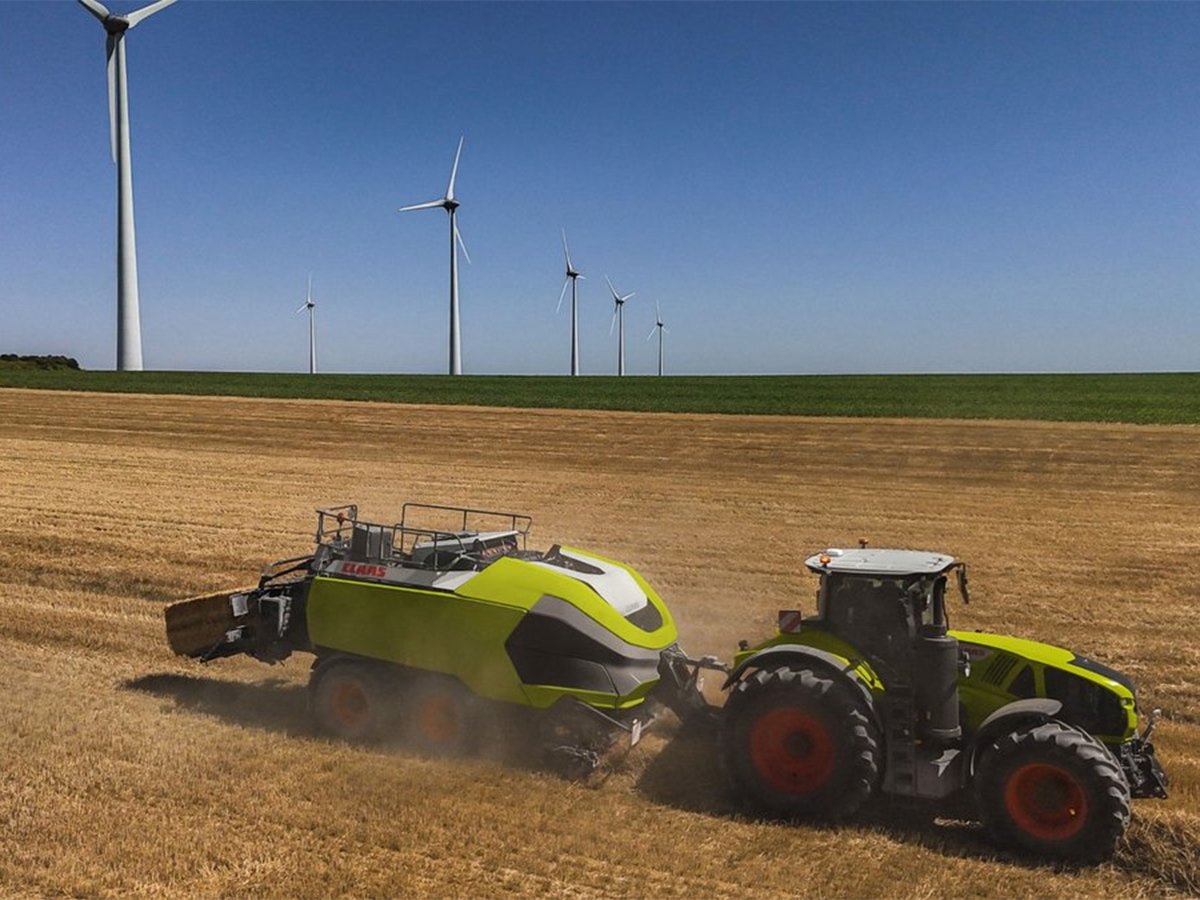LETHBRIDGE – A tiny, dirty brown weevil is reducing the advantage of growing peas in southern Alberta.
A European native, the pea leaf weevil was first spotted in southern Alberta about 10 years ago and probably migrated from the U.S. Pacific Northwest, said entomologist Hector Carcamo of Agriculture Canada.
Scientists at Agriculture Canada’s research centre in Lethbridge are looking at seed treatments and adding higher levels of nitrogen for more plant fertility to see if that gives peas enough of a boost to beat the bug. For the past two years, less damage was seen on fields receiving more nitrogen.
Read Also

Machinery automation runs through 2025 Agritechnica innovation awards
Computer vision and AI processing for farm machinery show up many times in Agritechnica’s 2025 innovation award winners.
Scientists are also seeking a predator insect for biocontrol.
Adult pea weevils may feed on the leaf margins and growing points of the seedlings, and the leaves will have a notched appearance. Larvae feed on the nitrogen-fixing nodules of legumes such as peas and fababeans, resulting in partial or complete inhibition of nitrogen fixation by the plant.
“This weevil is taking away the big advantage of growing peas,” Carcamo said at a recent crop tour at the centre.
“It might have an effect on what you plan to do the following year with your next crop.”
More than 10,000 acres were sprayed in 2006 to control the insect, but Carcamo recommends assessing economic thresholds before applying insecticide. If more than 30 percent of pea seedlings are damaged, take action.
Insecticides might destroy valuable insects such as carob beetles, which feed on the eggs of other insects. These are the common, shiny black beetles.
Spraying in cold weather may not be effective because the insects can hide in the ground. Spraying peas for cutworms could have a residual effect on the weevils.
Alberta Agriculture says the pea weevil can be confused with the sweet clover weevil.
The adult is slender, about five millimetres long, grayish brown and has three light-coloured stripes extending lengthwise down the thorax and sometimes on the abdomen.
The larvae are “C” shaped, light milky white, 3.5 to 5.5 mm long, legless, cylindrical, soft and fleshy and have a dark brown head.
The insect produces one generation per year and overwinters in alfalfa or other perennial legumes. In the spring, it moves primarily by flying when temperatures are above 17 C, although it may also walk short distances.
The female lays 1,000 to 1,500 eggs in the soil near or on developing plants in May and June.
Hatched larvae move to the nodules for feeding. They then pupate in the soil and the new adults emerge in late July and August and search for a pulse crop to continue feeding before over wintering.















